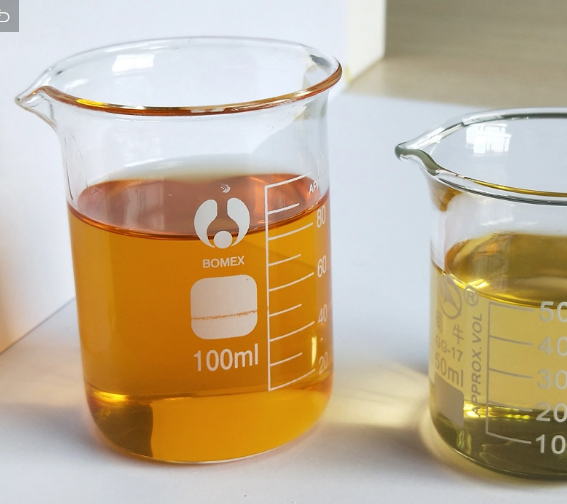Post Date:15,Jul,2024
1. Concrete with high fluidity is prone to delamination and segregation.
In most cases, high-fluidity concrete prepared with polycarboxylic acid-based water-reducing agents will not cause bleeding in the concrete mixture even if the amount of water-reducing agent and water consumption are controlled optimally, but it is very easy to occur. Stratification and segregation phenomena are manifested in the sinking of coarse aggregate and the floating of mortar or pure slurry. When this kind of concrete mixture is used for pouring, delamination and segregation are obvious even without vibration.
The reason is mainly due to the sharp decrease in viscosity of the slurry when the fluidity of the concrete mixed with this polycarboxylic acid-based water-reducing agent is high. Appropriate compounding of thickening components can only solve this problem to a certain extent, and compounding of thickening components often leads to the reaction of seriously reducing the water-reducing effect.

2. When used in conjunction with other types of water reducing agents, there is no superimposed effect.
In the past, when preparing concrete, the type of pumping agent could be changed at will, and the properties of the concrete mixture would not be very different from the laboratory results, nor would there be a sudden change in the properties of the concrete mixture.
When polycarboxylic acid-based water-reducing agents are used in combination with other types of water-reducing agents, it is difficult to obtain superimposed effects, and the mutual solubility between polycarboxylic acid-based water-reducing agent solutions and other types of water-reducing agent solutions is inherently poor.
3. There is no modification effect after adding commonly used modifying components.
At present, there is little investment in scientific research on polycarboxylic acid-based water-reducing agents. In most cases, the goal of scientific research is only to further improve its plasticizing and water-reducing effect. It is difficult to design molecular structures according to different engineering needs. A series of polycarboxylic acid-based water reducing agents with different retarding and accelerating effects, no air-entraining or different air-entraining properties, and different viscosities are synthesized. Due to the diversity and instability of cement, admixtures, and aggregates in projects, it is very important for admixture manufacturers and suppliers to compound and modify polycarboxylate water-reducing admixture products according to project needs.
At present, the technical measures for compound modification of water-reducing agents are basically based on the modification measures of traditional water-reducing agents such as lignosulfonate series and naphthalene series high-efficiency water-reducing agents. Tests have proven that past modification technical measures are not necessarily suitable for polycarboxylic acid-based water reducing agents. For example, among the retardant components used to modify naphthalene-based water-reducing agents, sodium citrate is not suitable for polycarboxylic acid-based water-reducing agents. Not only does it not have a retarding effect, it may accelerate coagulation, and the sodium citrate solution The miscibility with polycarboxylic acid-based water reducing agents is also very poor.
Furthermore, many types of defoaming agents, air-entraining agents and thickeners are not suitable for polycarboxylic acid-based water reducing agents. Through the above tests and analysis, it is not difficult to see that due to the particularity of the molecular structure of polycarboxylic acid-based water reducing agents, based on the depth of scientific research and accumulation of engineering application experience at this stage, the impact of polycarboxylic acid water-reducing agents on polycarboxylic acid-based superplasticizers through other chemical components There are not many ways to modify water-reducing agents, and due to the theories and standards established in the past for the modification of other types of water-reducing agents, deeper exploration and research may be needed for polycarboxylate-based water-reducing agents. Make corrections and additions.
4. The performance stability of the product is too poor.
Not many concrete water-reducing agent synthesis companies can truly be regarded as fine chemical companies. Many companies only stay in the primary production stage of mixers and packaging machines, and product quality is limited by the quality of the masterbatch. As far as production control is concerned, the instability of the source and quality of raw materials has always been a major factor that plagues the performance of polycarboxylic acid-based superplasticizers.
Post time: Jul-15-2024






